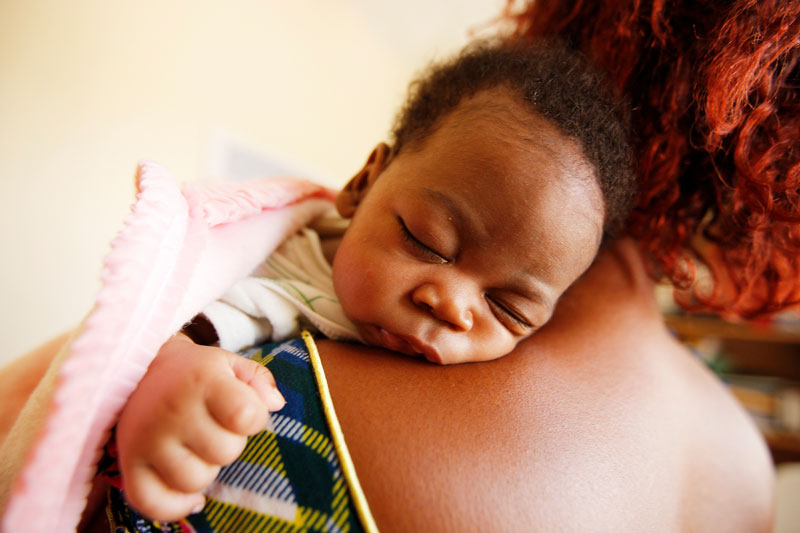Recent decades have delivered major advances in global health, yet not all groups have experienced the benefits of this progress equally. Women’s and children’s health continues to be underfunded, and maternal and child mortality remains unacceptably high.









